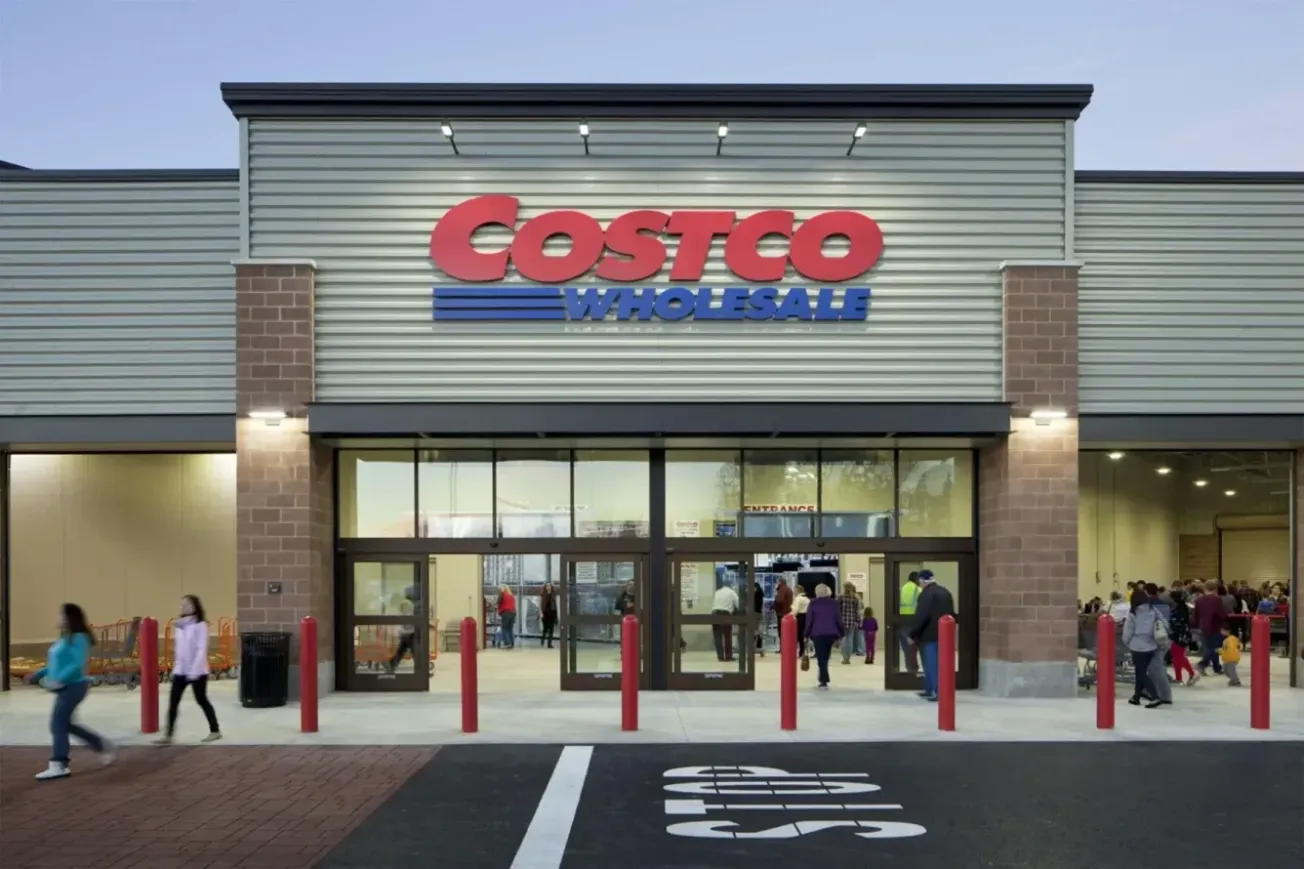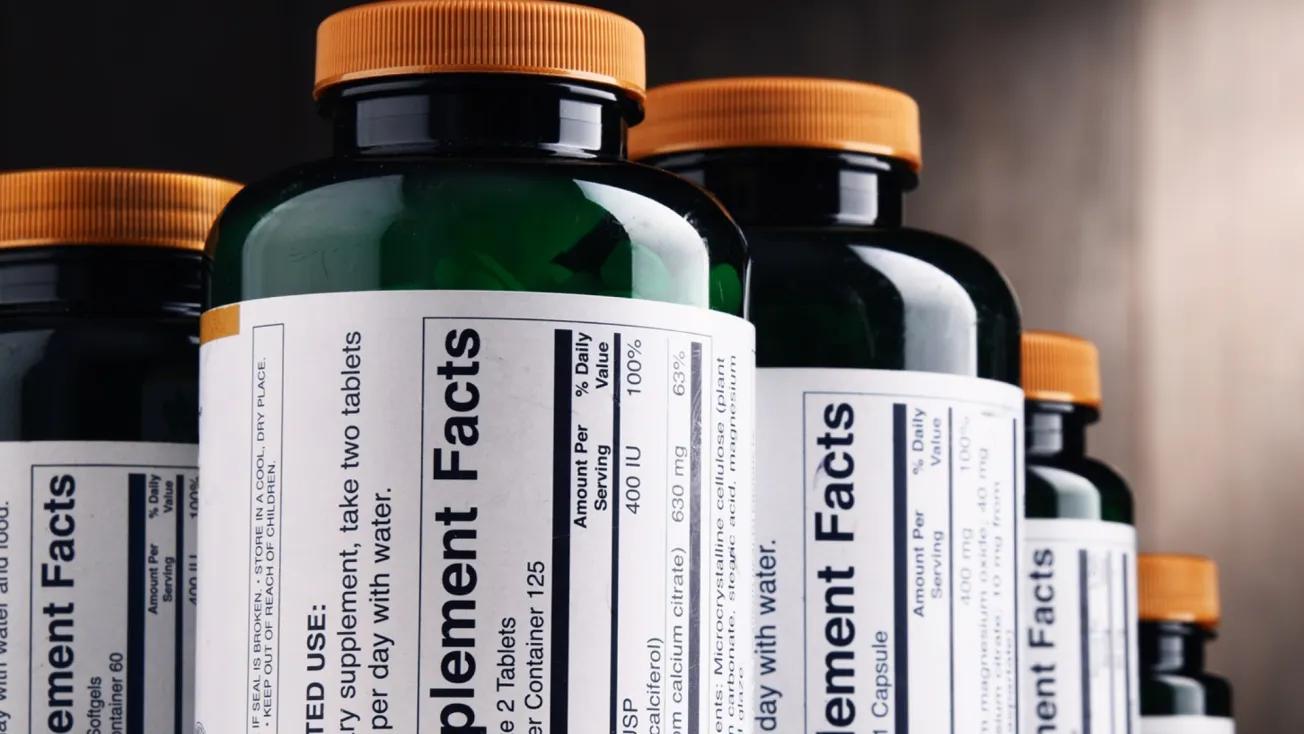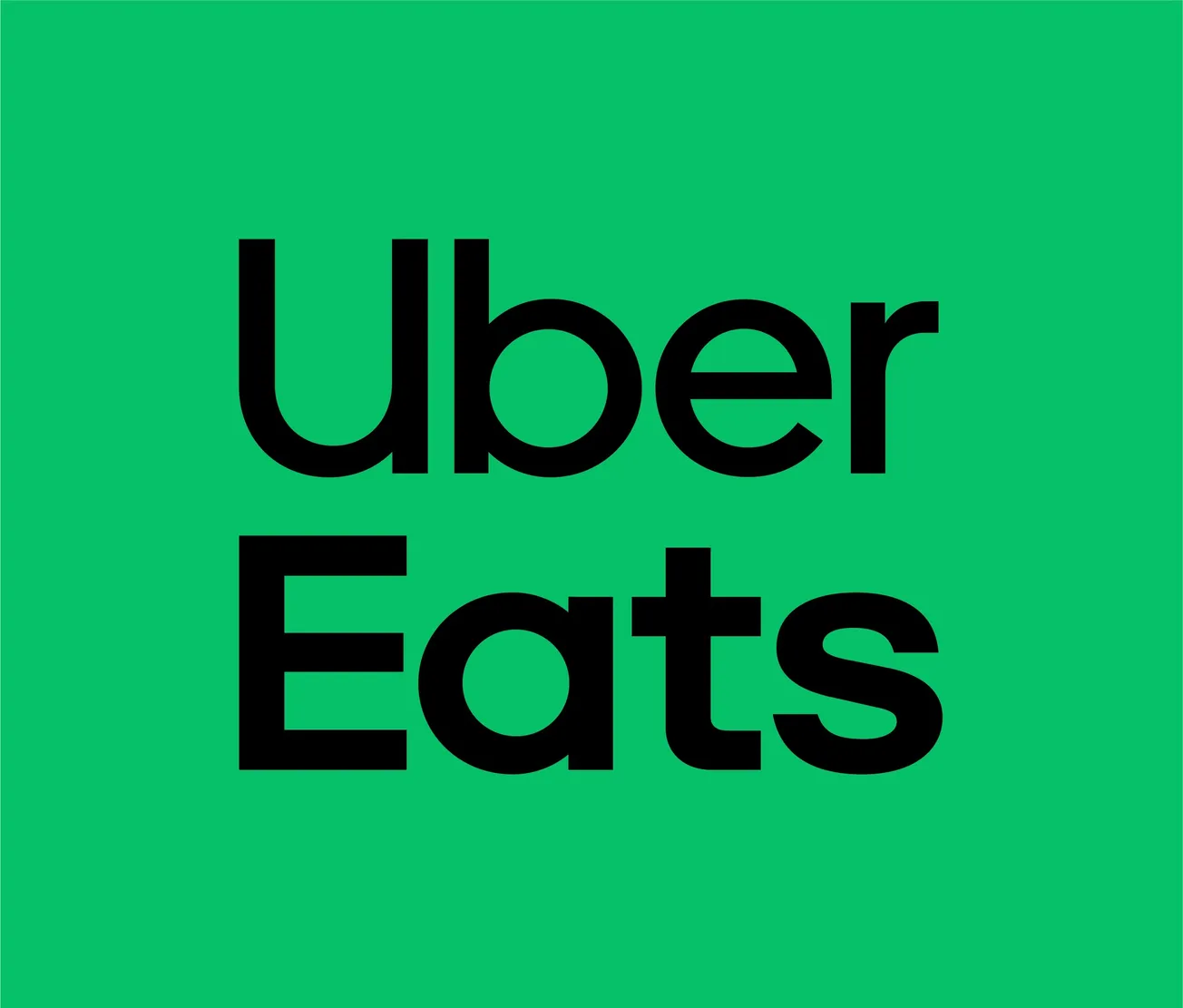WOONSOCKET, R.I. — CVS Health saw sales climb in the second quarter and posted adjusted earnings per share in line with Wall Street’s forecast, despite the impact of costs from its pending Omnicare and Target pharmacy acquisitions.
CVS Health saw sales climb in the second quarter and posted adjusted earnings per share in line with Wall Street’s forecast, despite the impact of costs from its pending Omnicare and Target pharmacy acquisitions.
CVS said Tuesday that for the three months ended June 30, total sales rose 7.4% to $37.2 billion from $34.6 billion a year earlier.
Retail pharmacy sales in the second quarter grew 2.2% year over year to $17.2 billion from $16.9 billion. Same-store sales inched up 0.5%, reflecting a 4.1% gain in the pharmacy and a 7.8% decline in the front end.
CVS noted that front-end comparable-store sales for the quarter would have been about 780 basis points higher if tobacco and associated basket sales were excluded from the year-ago period. The company added that front-end comp-store sales were impacted by softer customer traffic, partially offset by a gain in basket size.
Comparable pharmacy sales for the second quarter reflect negative impacts of 370 basis points from introductions of new generic drugs and 80 basis points from the implementation of the Specialty Connect program, according to CVS. Prescription count rose 4.8% on a 30-day equivalent basis. The company said Specialty Connect had a greater effect on revenue than on prescription volumes because of the higher price tag of specialty products.
Meanwhile, sales in the pharmacy services segment — the company’s pharmacy benefit management business — advanced 11.9% to $24.4 billion from $21.8 billion in the second quarter. CVS attributed the gain mainly to growth in specialty pharmacy business and pharmacy network claims. Pharmacy network claims processed during the period increased 8.7% to about 229 million, primarily due to net new business and growth in Managed Medicaid. Mail choice claims processed were up 3.9% to 21.3 million, driven by specialty claim volume and increased claims from Maintenance Choice program.
The generic dispensing rate grew about 150 basis points year over year in both segments, rising to 85% in the retail pharmacy segment and to 83.9% in the PBM business.
Second-quarter net earnings came in at $1.3 billion, compared with about $1.2 billion a year earlier. CVS noted that net income reflects $21 million of acquisition-related transaction costs from the acquisitions of Omnicare Inc. and the pharmacies and clinics of Target Corp., as well as $36 million of pretax, acquisition-related financing costs from those deals.
Adjusted EPS for the quarter was $1.19, compared with $1.13 a year ago. CVS said that excluding the acquisition-related transaction and financing costs, adjusted EPS would have been $1.22. The company added that adjusted EPS for the 2015 and 2014 second quarters excludes $131 million and $133 million, respectively, of intangible asset amortization related to acquisition activity.
Analysts, on average, had projected CVS’ adjusted EPS for the second quarter at $1.20, with estimates ranging from a low of $1.18 to a high of $1.21, according to Thomson Financial.
CVS reported GAAP EPS of $1.12 for the 2015 second quarter, compared with $1.06 a year earlier.
"I’m very pleased to report second-quarter results that exceeded our expectations. On an underlying basis, we surpassed the high end of our guidance range by 2 cents, as operating profit in the retail business exceeded our expectations while operating profit in the PBM was in line with our guidance," CVS Health president and chief executive officer Larry Merlo said in a statement. "We have also generated more than $2.1 billion in free cash flow in the first half of 2015, putting us well on our way to return more than $6 billion to shareholders through dividends and share repurchases this year."
Operating profit rose 7.1% for the PBM segment and dipped 1.4% for the retail pharmacy business in the second quarter.
"Additionally, I’m pleased to report that we’re having a highly successful 2016 PBM selling season and have won significant net new business," Merlo added. "Our unmatched suite of assets is enabling us to bring innovative, channel-agnostic products and services to the marketplace. In this era of consumer-directed health care, our assets have uniquely positioned us to provide patients with greater choice as to how they receive their pharmacy care while driving positive impacts on adherence through face-to-face interactions. This should result in lower overall health care costs providing savings for clients, as well as better health outcomes and convenience for patients."
CVS said it expects the Omnicare acquisition to be completed before the end of 2015, and possibly as early as the third quarter, while the purchase of Target’s pharmacies and clinics could occur in 2015 or 2016.





